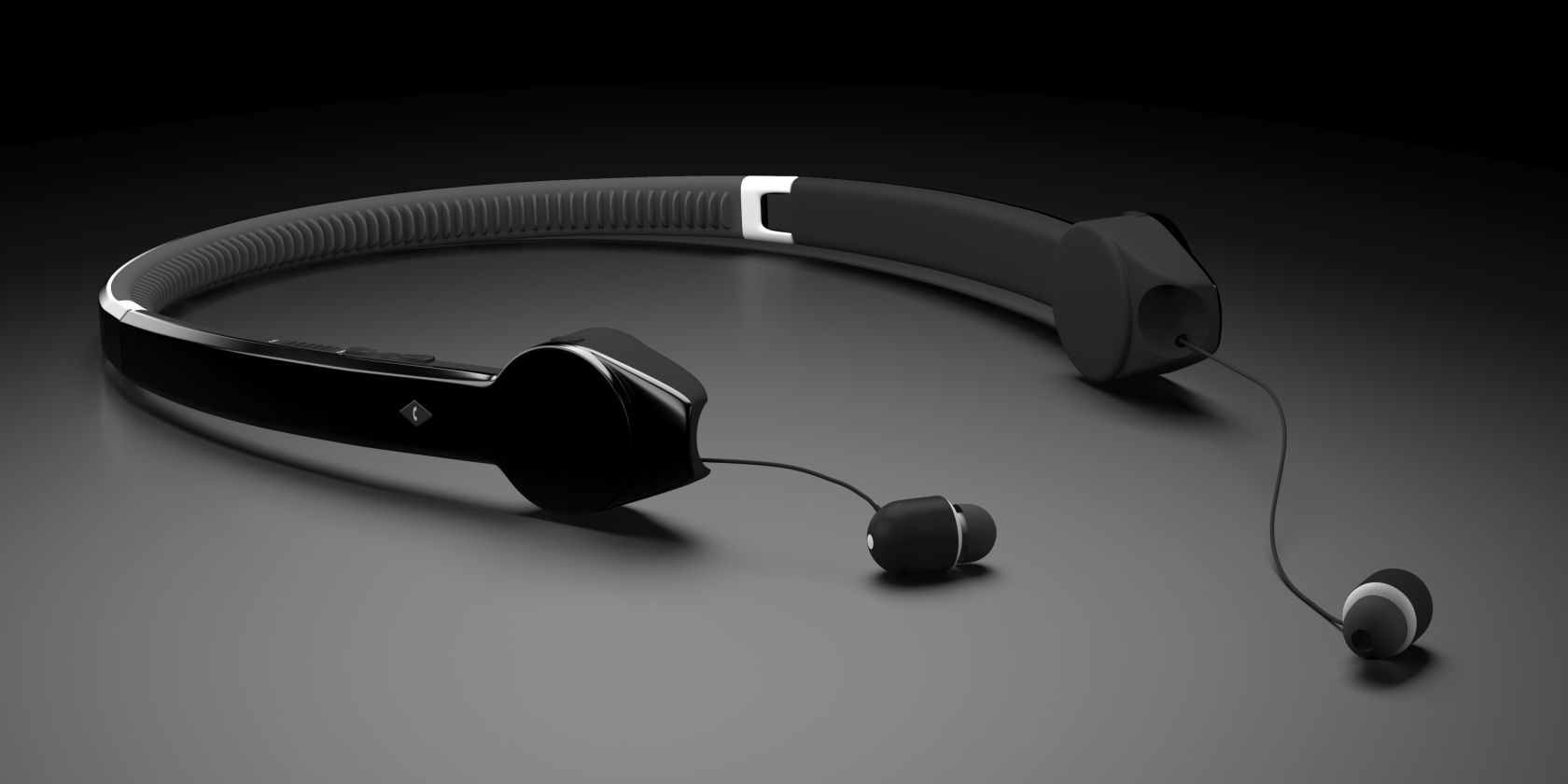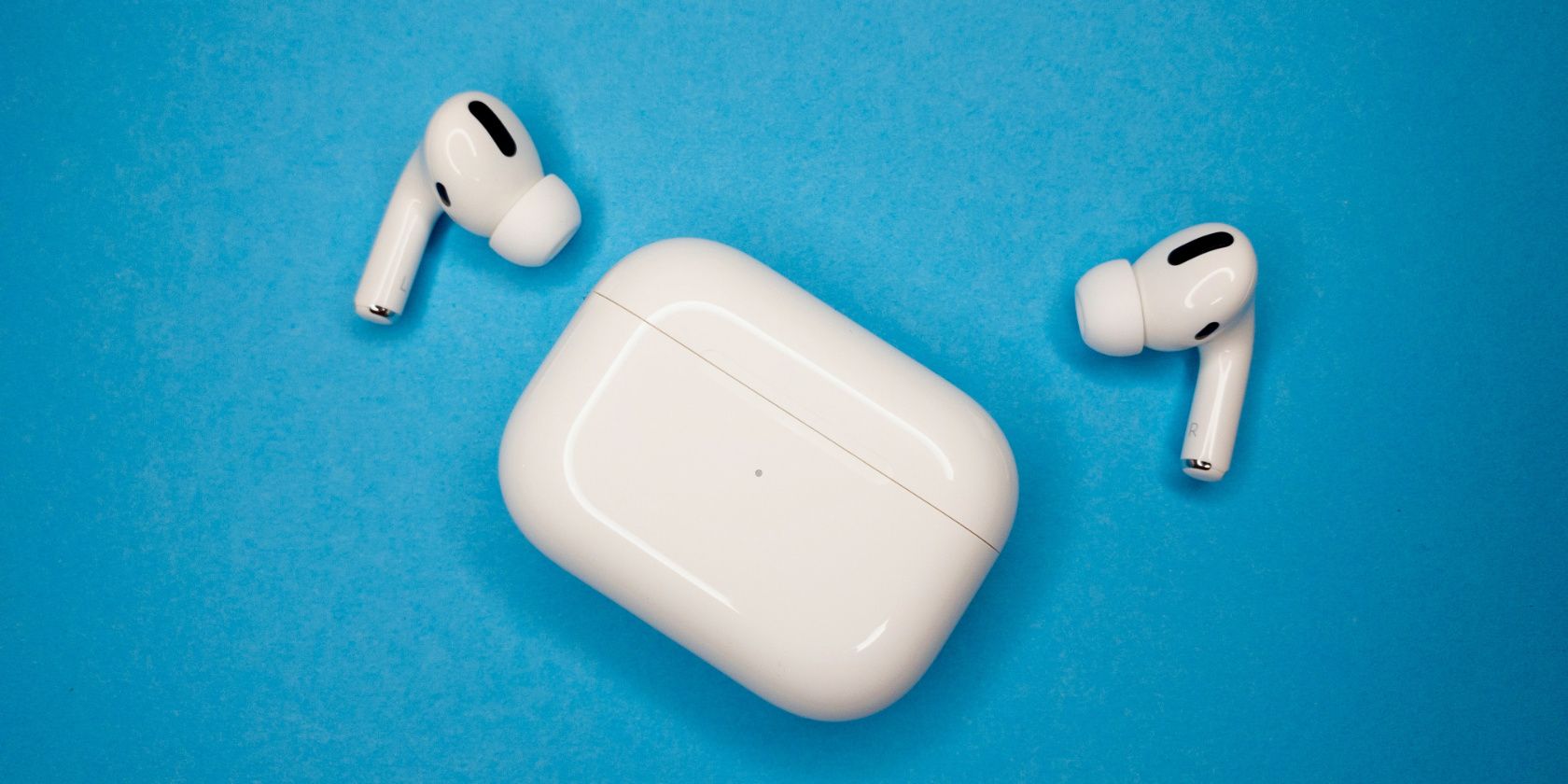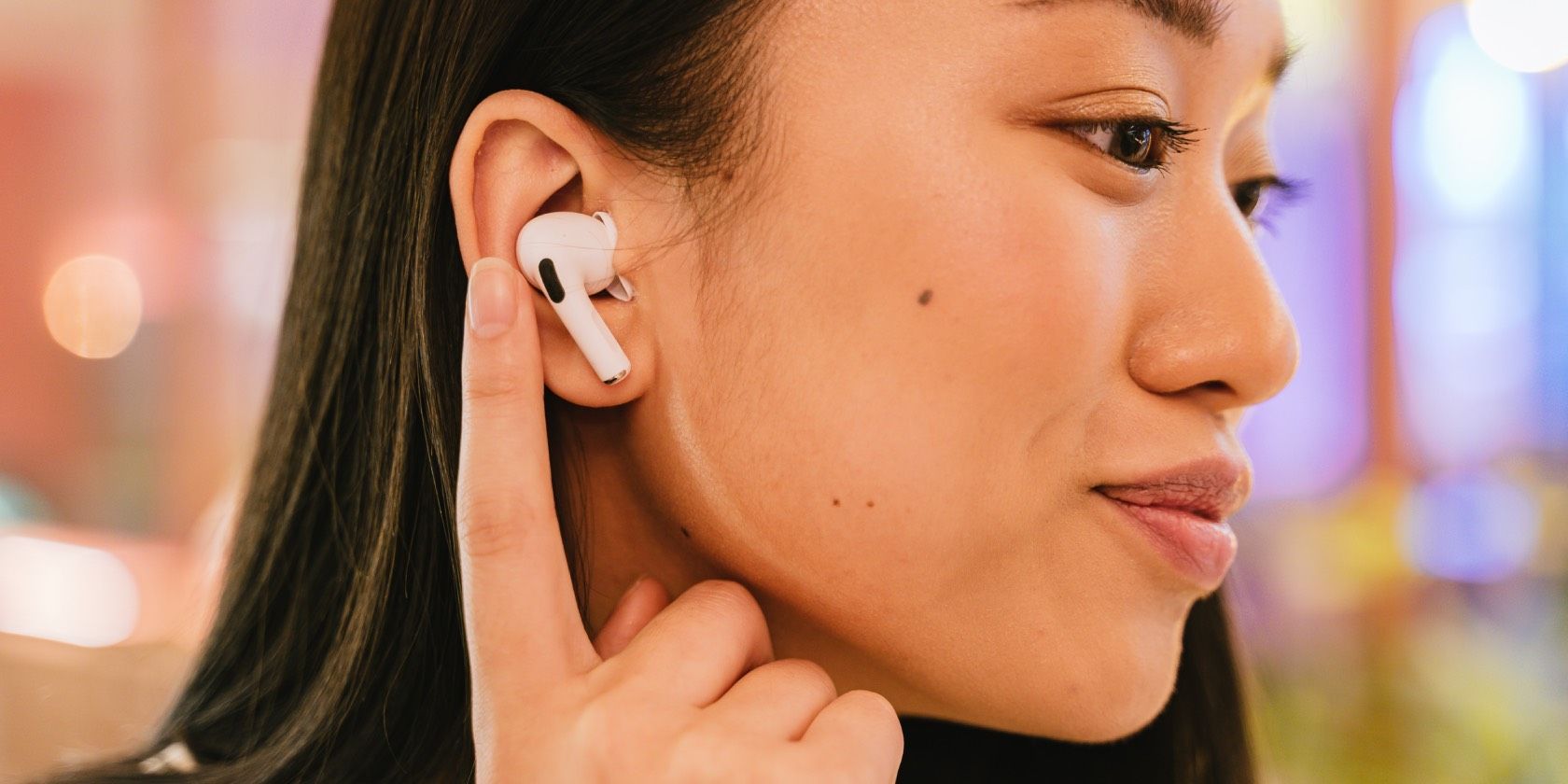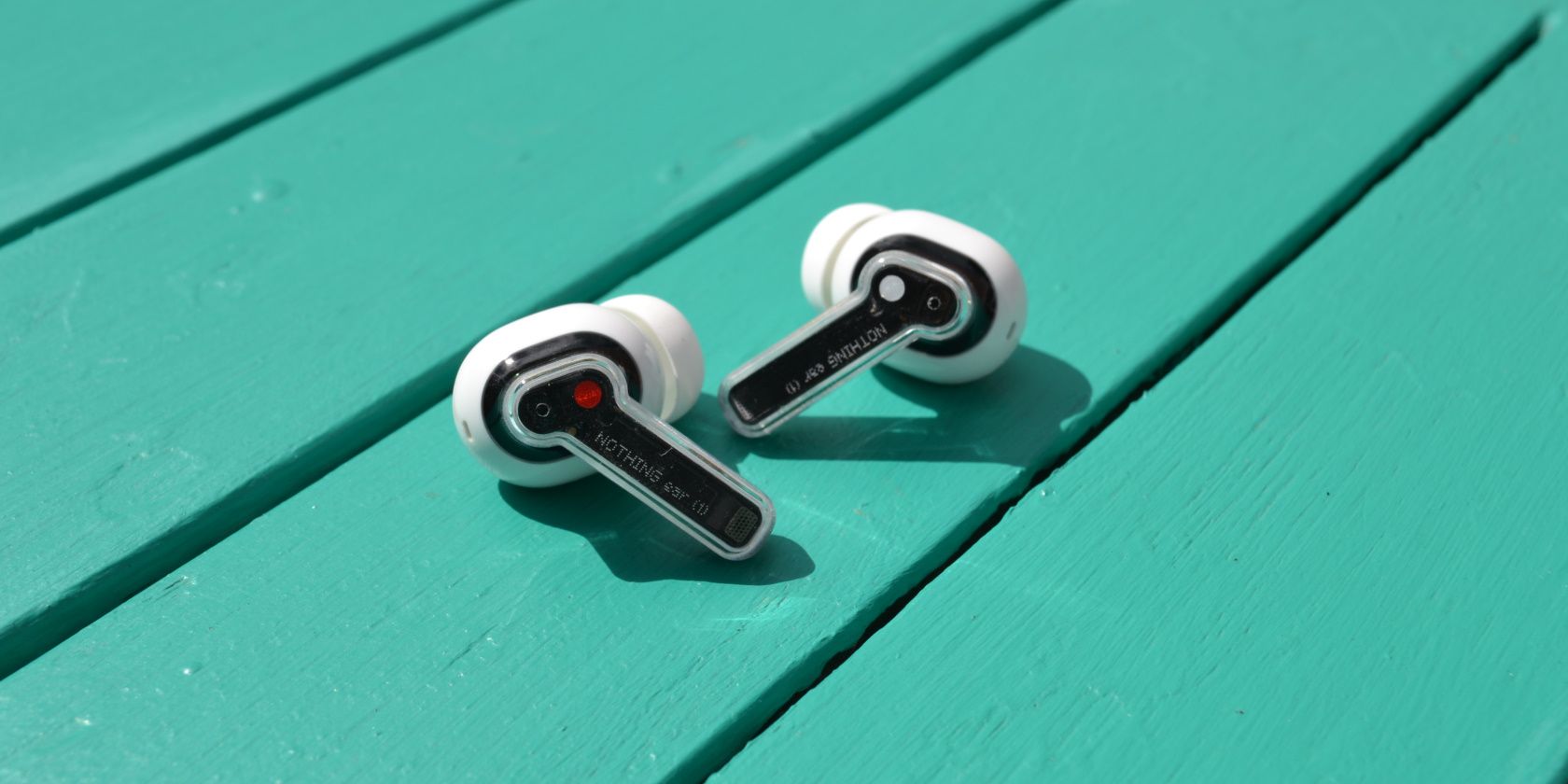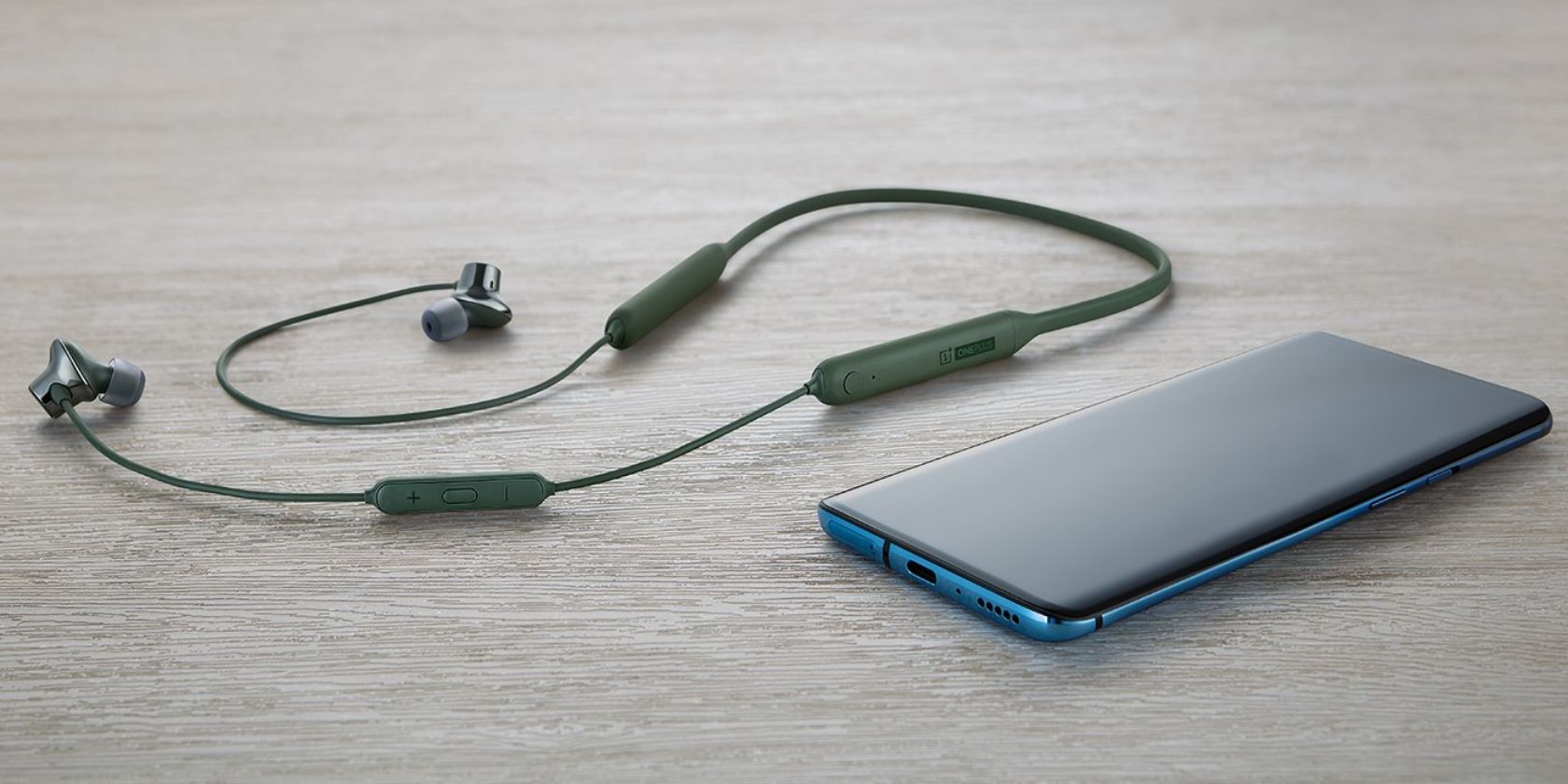It seems everyone and their dog owns a pair of true wireless earbuds these days. Ever since Apple introduced AirPods back in 2016, this market has exploded in popularity. Unfortunately, due to this, an increasing number of buyers and manufacturers are ignoring neckband earphones.
But although they don't make headlines, neckbands can do many things that your average wireless earbuds can't. In fact, in some cases, the former comes out miles ahead. Let's compare neckbands and wireless earbuds to see which is better.
Neckband vs. Earbuds: Which Is More Convenient?
People buy wireless headphones for convenience above all else, so let's start there. Multiple factors determine convenience, and one of the biggest ones is how securely the earpieces stay in place without wiggling.
Neckbands have a wire connecting the two earpieces and are worn around your neck. That means even if the earpieces slip out from your ears, they won't hit the ground but remain suspended from your neck, thanks to the wire.
This makes neckbands ideal for commuters and gym-goers. They won't fall off and get accidentally stepped on, left behind, or lost under metro seats, couch cushions, gym equipment, and countless other places where earbuds usually get lost.
When you need to hear your surroundings, you can take off the earpieces of your neckbands and let them hang. This is faster than turning on Transparency mode on your AirPods Pro or reaching for the case and putting the buds in.
Also, you can use neckbands until they're fully drained of battery and instantly wear the earpieces whenever needed. Wireless earbuds require you to wait until the buds have drawn enough power from the case after each listening session.
Both have similar Bluetooth range and ANC performance. However, earbuds can be charged via reverse wireless charging if your phone supports it, which is helpful when there's no power source nearby. Neckbands don't have this feature.
Although there are exceptions, most wireless earbuds use gesture controls, which many users find finicky; neckbands have button controls that give haptic feedback when pressed.
Neckbands are trickier to carry since they don't always wrap up nicely due to the plastic housing, so you might have to buy a rectangular hard EVA case. On the other hand, wireless earbuds come with a compact charging case that you can easily carry in your pocket.
Earbuds start pairing with your device when you open the case lid, and neckbands do so when you unsnap the magnetic earpieces. Both support multipoint Bluetooth connections for seamless switching between your phone and other gadgets.
Winner: Neckband earphones
Are Earbuds or Neckbands More Comfortable?
TWS earbuds are more ergonomic and feel less intrusive inside your ears. At times, you may even forget that they're there. In comparison, neckbands give the ear a prominent sensation since the cables pull the earpieces as you move your head around.
This is annoying and stops you from fully immersing yourself in your music.
Winner: True wireless earbuds
Which Has Better Sound Quality?
Sound quality is not the first priority for people who buy wireless headphones, but for the money you're paying, you'd still want it to be good enough for everyday use. Regardless, know that sound quality depends more on the brand than the design of these products.
However, there is one big difference. While both have ANC, only wireless earbuds offer spatial audio (or 360 Audio, as Samsung calls it) that simulates surround sound effects.
Note that this feature is only available on high-end earbuds like AirPods Pro or Galaxy Buds Pro. You can check out how much to spend on wireless earbuds for more details.
If sound quality is your biggest priority, then you shouldn't buy wireless headphones in the first place. Many wired alternatives sound much better and are far cheaper since wired headphones are a tried and tested technology.
Winner: True wireless earbuds
Neckbands vs. Earbuds: Which Has More Battery Life?
Both wireless earbuds and neckbands have a limited battery capacity. On the former, the case needs to be small enough to fit in your pocket. On the latter, the device must be light enough to avoid causing neck pain. That said, neckbands usually charge much faster.
Wireless earbuds spend most of the time inside the case, which means they're always charging or sitting at 100% capacity. This is bad for their long-term battery health since lithium-ion batteries degrade faster when fully charged or empty.
Neckbands don't have to undergo as many charge cycles in a day. But with wireless earbuds, you can use one bud at a time to maximize battery life; neckbands can't do this since they don't have independent controls for each earpiece.
Using one earbud at a time is a workaround solution to an existing problem; it's not really a feature. Ideally, you'd use both earbuds at the same time anyway. Because of this nuance, we can't give the point to wireless earbuds.
Winner: Neckband earphones
Which Is More Durable?
As mentioned earlier, wireless earbuds are infamous for falling off easily, which makes them more susceptible to breaking. Neckbands aren't fully durable either because if you accidentally pull the cable too hard, it can snap from the plastic or metal housing.
Some neckbands have a foldable design and come with retractable earpieces, which make them easier to store and reduce the chances of the cables snapping. However, this design requires the plastic housing to be thinner, which sacrifices battery life.
With wireless earbuds, the other will still function even if one bud breaks. Such is not the case with neckbands since the components inside the housing might get damaged due to the pull, making the whole product useless. Still, that's less likely to happen than earbuds falling out.
Both have similar IP ratings for dust and water resistance.
Winner: Draw
Which Has Better Call Quality?
Many neckbands have an in-line mic, which means you can physically move it closer to your mouth while on a call so the other person can hear you more clearly. In addition, earbuds today use software magic to cut out unwanted noise and boost your voice during calls.
Surprisingly, cheap neckbands with an in-line mic offer the same or better call quality than high-end earbuds. But neckbands with the mic on the plastic housing itself might not pick up your voice (but will still sound similar to wireless earbuds).
Winner: Neckband earphones
Neckbands Are Practical, Earbuds Are Cooler
Here's the bottom line: wireless earbuds require more participation from you as a user to use and maintain them. If you want wireless headphones purely for practical reasons, neckbands offer better value for money and pose less hassle, especially while moving.
That said, most people would still rather buy wireless earbuds because, frankly, they look cooler. Earbuds are just as much about fashion as utility, and their commercial success gives brands incentive to continue innovating and bringing new features.

